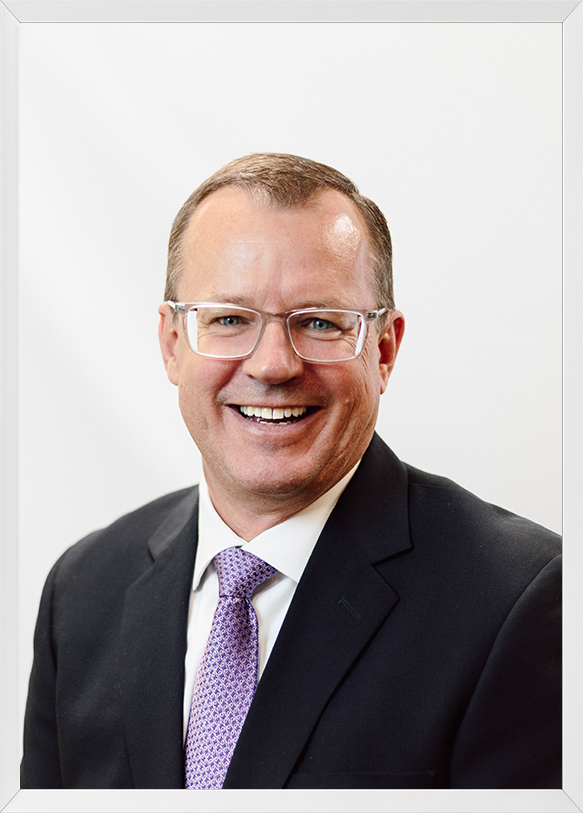A mystery sits at the heart of the economic recovery: There are 10 million job openings, yet more than 8.4 million unemployed are still actively looking for work.
The job market looks, in some ways, like a boom-time situation. Business owners complain they can’t find enough workers, pay is rising rapidly, and customers are greeted with “please be patient, we’re short-staffed” signs at many stores and restaurants.
But the nation remains in the midst of a deadly pandemic with covid-19 hospitalizations back at their highest rates since January. The surge is weighing on the labor market again, with a mere 235,000 jobs added in August. There are still 5 million fewer jobs compared to before the pandemic, reflecting ongoing problems, including child care as some schools and day cares shut down again from outbreaks.
And while companies say they are struggling to find workers, many unemployed say they are having trouble getting hired, especially if they haven’t worked for a year.
From the White House to the local Waffle House, there’s a struggle to understand what is going on — and what’s likely ahead.
This weekend, the employment crisis will hit an inflection point as many of the unemployed lose $300 in federal weekly benefits and millions of gig workers and self-employed lose unemployment aid entirely. Some anticipate a surge in job seekers, though in 22 states that already phased out those benefits, workers didn’t flood back to jobs.
At heart, there is a massive reallocation underway in the economy that’s triggering a “Great Reassessment” of work in America from both the employer and employee perspectives. Workers are shifting where they want to work — and how. For some, this is a personal choice. The pandemic and all of the anxieties, lockdowns and time at home have changed people. Some want to work remotely forever. Others want to spend more time with family. And others want a more flexible or more meaningful career path. It’s the “you only live once” mentality on steroids. Meanwhile, companies are beefing up automation and redoing entire supply chains and office setups.
The reassessment is playing out in all facets of the labor market this year, as people make very different decisions about work than they did pre-pandemic. Resignations are the highest on record — up 13 percent over pre-pandemic levels. There are 4.9 million more people who aren’t working or looking for work than there were before the pandemic. There’s a surge in retirements with 3.6 million people retiring during the pandemic, or more than 2 million more than expected. And there’s been a boost in entrepreneurship that has caused the biggest jump in years in new business applications.
“The economy is going through a big shift overall and that has ramifications,” said Ben Bernanke, the Federal Reserve chair from 2006 to 2014. “We are reallocating where we want to work and how we want to work. People are trying to figure out what their best options are and where they want to be.”
It doesn’t help that the abundance of job openings right now are not in the same occupations — or same locations — where people worked pre-pandemic.
There is a fundamental mismatch between what industries have the most job openings now and how many unemployed people used to work in that industry pre-pandemic. For example, there are 1.8 million job openings in professional and business services and fewer than 925,000 people whose most recent job was in that sector. Leisure and hospitality, as well as retail and wholesale trade, also have more openings than prior workers, and many workers who lost jobs in those industries have indicated they don’t want to return.
There’s a similar mismatch in education and health services, where there are 1.7 million job openings and only 1.1 million people whose last job was in that sector.
In recent months, heath care workers and educators have quit their jobs at the highest rate on record, stretching back to 2002, Labor Department data show.
The Washington Post, By Heather Long, Alyssa Fowers and Andrew Van Dam
To read the full article, click here…
